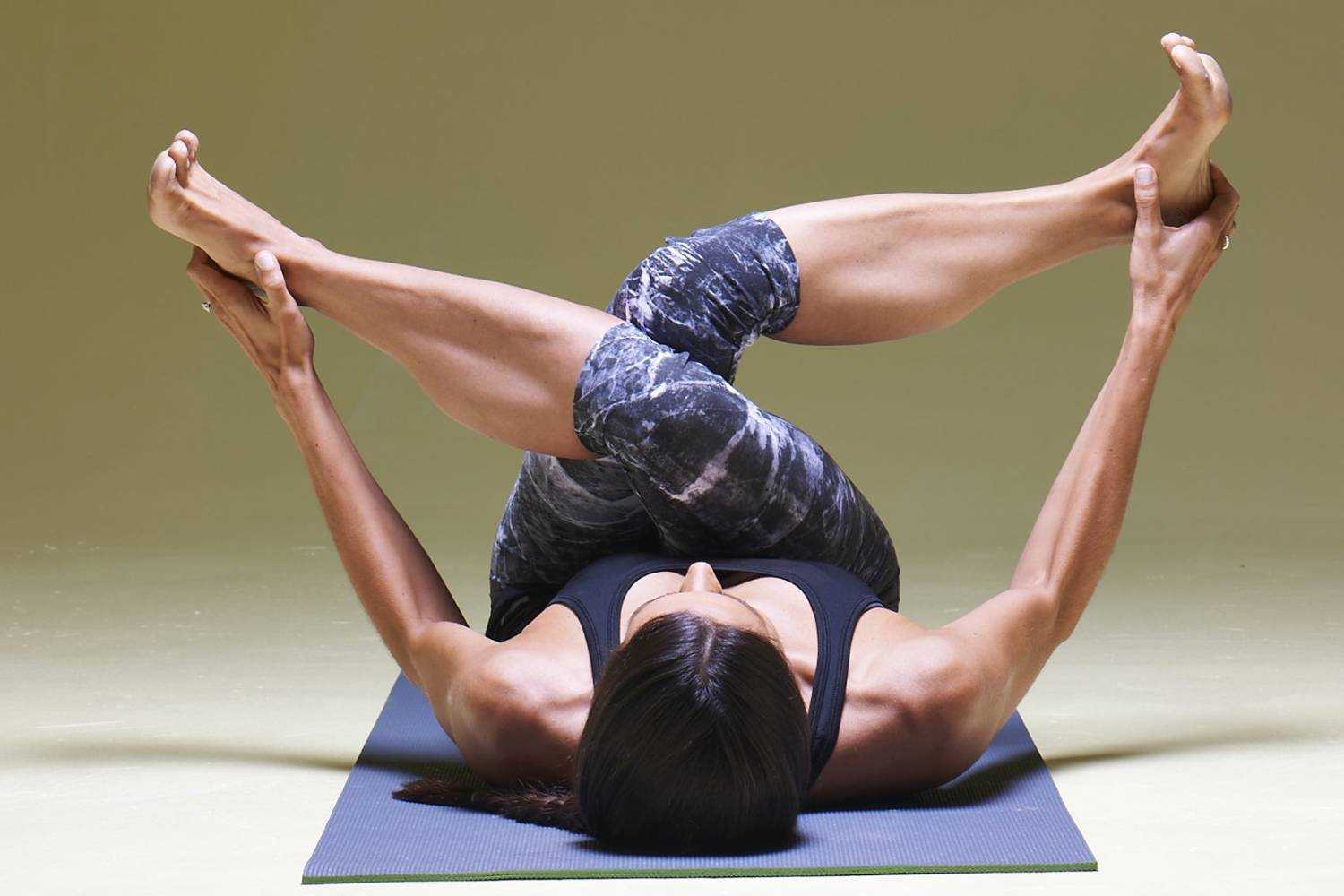BY: TRISHA CURLING
If you’ve ever sat on an airplane and watched that “boring video” about what to do in the event of an emergency then you know that they always tell you to put your mask on first and then help those sitting next to you, even if it is your children. It is true though. How can we help anyone else if we don’t help ourselves? I believe this to be very true to life in so many ways. One of those ways is taking some time to attend to our health and fitness needs. This is not always easy in our busy lives. One of the best ways to integrate this into our lives is to explore and bring elements of yoga in our lives.
Sometimes we need to ask ourselves what is stopping us. What “stories” are we telling ourselves why we can’t make time to meditate, practice asana (yoga poses) etc. How does this truly affect our lives? How does this affect our time with our family and friends, our performance at work and interactions with our colleagues?
The truth about yoga is that there are so many facets to explore and to continue to learn about every day. When we learn about yoga we are actually learning about ourselves. If we don’t know where to begin and/or are feeling overwhelmed like we don’t have time to devote to ourselves we actually have the ability to “change or re-write the script” we have played in our minds. For example, we really only need a couple of minutes per day to do some deeper breathing and/or meditation and that in itself is indeed yoga. We don’t need to step on a mat or go to a class. We can step outside to get some fresh air, we can be more present when spending time with loved ones, or we can even take a couple of moments on our chairs at work to stretch and be more upright.
Until we actually take a moment to do these things we may not quite understand the impact it has on the rest of our day and our interactions with others. I personally see the difference when I take the time to meditate as opposed to when I neglect it. It actually brings a sense of peace and calm into the more hectic parts of my day. Tiffany Cruikshank in her book Meditate Your Weight says, “As we make meditation a regular part of our daily lives, we experience small ‘aha!’ moments that progress to ever-richer insights. These changes start to compound as we become stronger and less engaged with our fears.”
This is just one aspect that can be a part of our yoga practice and imagine the impact we have on ourselves if we can actually begin to live our lives with further absence of fear. Imagine the impact this may have on our children as they see us move through the world in this way. I truly believe that we achieve these same benefits from practicing asana. The more we grow in our physical practice, the more confidence we build. We take this confidence into the other areas of our lives.
If we do not give these gifts of time, patience, and practice to ourselves we are actually taking away those same gifts from those around us. So, it is true about “putting on our masks” first. It is not selfish to take care of ourselves, it is in fact selfless.

